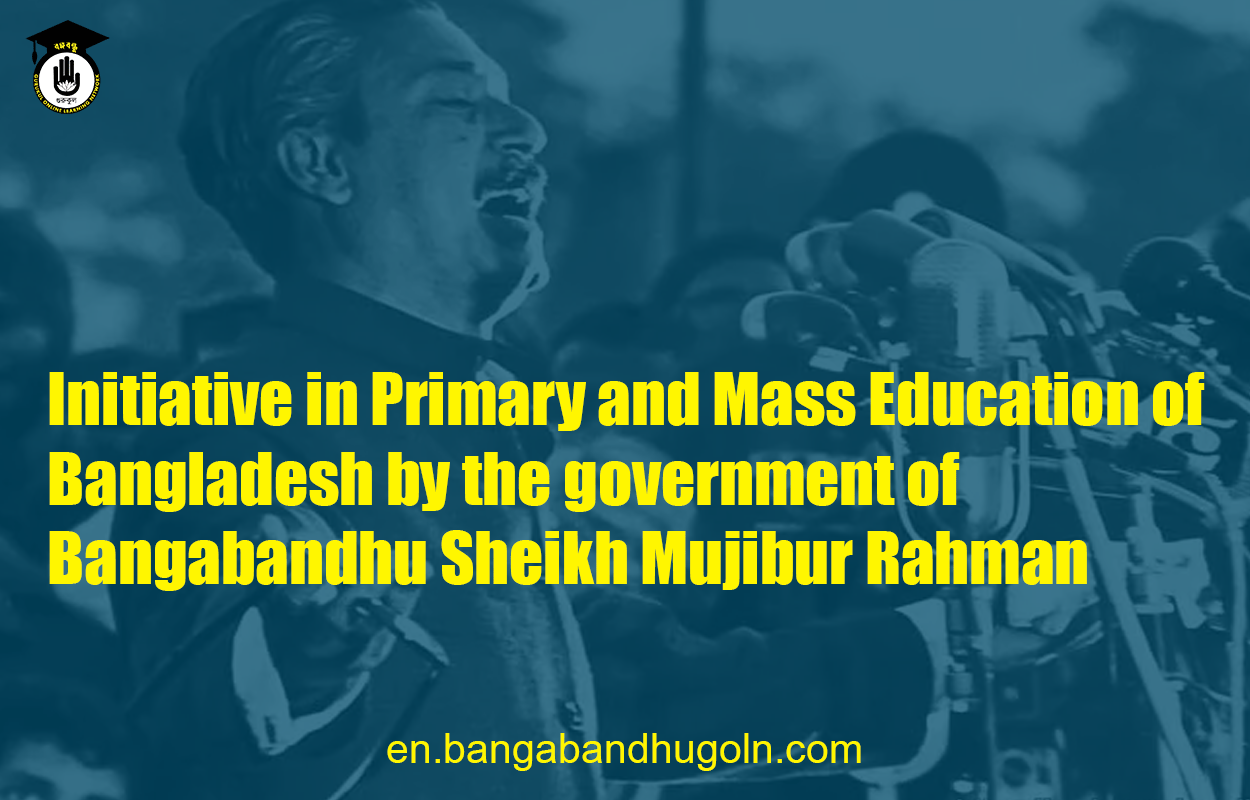The government of Bangabandhu Sheikh Mujibur Rahman in Bangladesh placed significant emphasis on primary and mass education. This was a reflection of the government’s belief that education was the cornerstone of social and economic development.
The initiative taken by the government in this regard was multi-pronged. One of the key initiatives was the establishment of numerous primary schools throughout the country. The government aimed to make primary education available to all children between the ages of 6 and 10 years old. As a result of these efforts, the number of primary schools in Bangladesh increased dramatically during this period.
Another key initiative was the introduction of mass education programs. These programs aimed to teach literacy and basic skills to adults who had not had the opportunity to attend school during their childhood. The government set up literacy centers throughout the country, where adults could attend classes in the evenings or on weekends.
In addition to these initiatives, the government also introduced policies to promote the education of girls. This was a significant step forward in a country where gender disparities in education were pronounced. The government provided scholarships to girls and established schools specifically for girls in rural areas.
Overall, the government’s initiatives in primary and mass education had a transformative impact on Bangladesh. They helped to increase literacy rates, reduce poverty, and promote social and economic development. Today, Bangladesh has made significant strides in the education sector, with near-universal access to primary education and a high enrollment rate in secondary education. The initiatives of the government of Bangabandhu Sheikh Mujibur Rahman played a critical role in laying the foundation for this progress.
See more:
